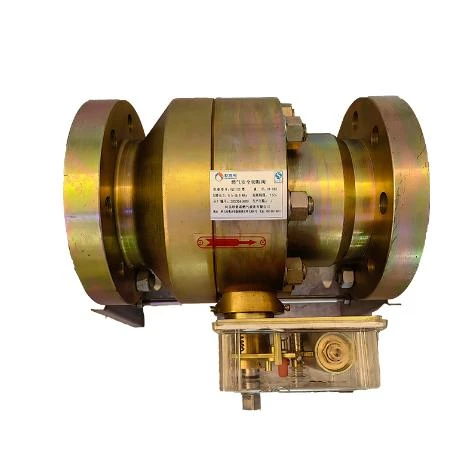
Dec . 26, 2024 08:59
Back to list
Efficient Heat Exchanger Design for Enhanced Energy Transfer Systems
The Essentials of Heat Exchangers Function, Types, and Applications
Heat exchangers play a pivotal role in various industrial processes, enhancing energy efficiency through the transfer of heat between two or more fluids. This article aims to explore the fundamentals of heat exchangers, their design types, and their applications, providing a comprehensive understanding of their significance in our modern world.
What is a Heat Exchanger?
A heat exchanger is a system designed to transfer heat between two or more fluids, which can either be in direct contact or separated by a solid barrier that prevents mixing. The primary goal is to either heat a fluid or cool it, depending on the requirements of the specific process. They are widely used in HVAC systems, power plants, refrigeration, and chemical processing, among other applications.
Types of Heat Exchangers
There are several types of heat exchangers, each suited to different applications and operational conditions. Here are some common ones
1. Shell and Tube Heat Exchanger This type consists of a series of tubes, one set carries the hot fluid while the other carries the cold fluid. It is widely used in oil refineries and chemical processing due to its efficiency and ease of maintenance.
2. Plate Heat Exchanger Made up of multiple thin plates, this design promotes a large surface area for heat transfer. Plate heat exchangers are great for applications where space is limited, such as in food processing and pharmaceuticals.
3. Air-Cooled Heat Exchanger These exchangers use ambient air to cool or heat process fluids. They are commonly found in power plants and petrochemical facilities, where water may be scarce.
4. Double-Pipe Heat Exchanger This simple design consists of one pipe inside another, where one fluid flows through the inner pipe and the other through the annular space. While suitable for small-scale applications, they are generally less efficient than other designs.
مبادل حراري

Mechanism of Heat Transfer
Heat transfer in heat exchangers primarily occurs through three mechanisms conduction, convection, and sometimes radiation. Conduction takes place through the solid boundaries separating the fluids, while convection transfers heat via the movement of fluids either in bulk flow or due to differences in temperature. Both mechanisms work synergistically to enhance the overall efficiency of the heat exchange process.
Applications of Heat Exchangers
Heat exchangers are essential in many sectors. Here are some significant applications
- Power Generation In power plants, heat exchangers are crucial for transferring heat from the combustion of fuel to water, creating steam that drives turbines.
- Chemical Processing They are used to control reaction temperatures, ensuring optimal conditions for various chemical reactions, thereby improving yield and efficiency.
- Oil and Gas Heat exchangers in refineries and gas processing plants help in separating and purifying oil and gas products through effective thermal management.
- HVAC Systems In commercial buildings, heat exchangers contribute to maintaining indoor climate control and energy efficiency, reducing operational costs.
Conclusion
In conclusion, heat exchangers are vital components across numerous industries, facilitating the efficient transfer of thermal energy and optimizing processes. As energy efficiency becomes increasingly critical in combating climate change and reducing costs, the importance of advanced heat exchanger designs will continue to grow, innovating solutions that enhance sustainability and operational effectiveness. Understanding heat exchangers not only underscores their significance in industrial applications but also highlights potential advancements in technology and energy management in the future.
Latest news
-
Safety Valve Spring-Loaded Design Overpressure ProtectionNewsJul.25,2025
-
Precision Voltage Regulator AC5 Accuracy Grade PerformanceNewsJul.25,2025
-
Natural Gas Pressure Regulating Skid Industrial Pipeline ApplicationsNewsJul.25,2025
-
Natural Gas Filter Stainless Steel Mesh Element DesignNewsJul.25,2025
-
Gas Pressure Regulator Valve Direct-Acting Spring-Loaded DesignNewsJul.25,2025
-
Decompression Equipment Multi-Stage Heat Exchange System DesignNewsJul.25,2025

